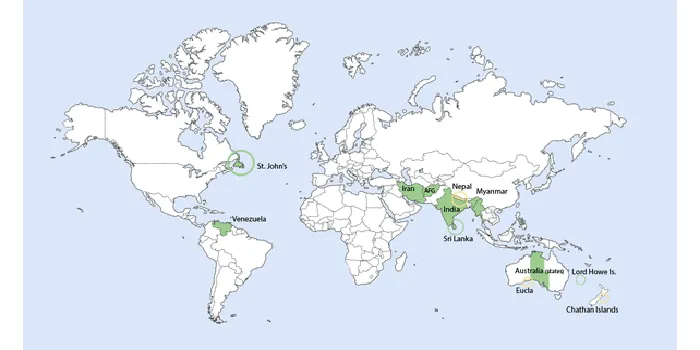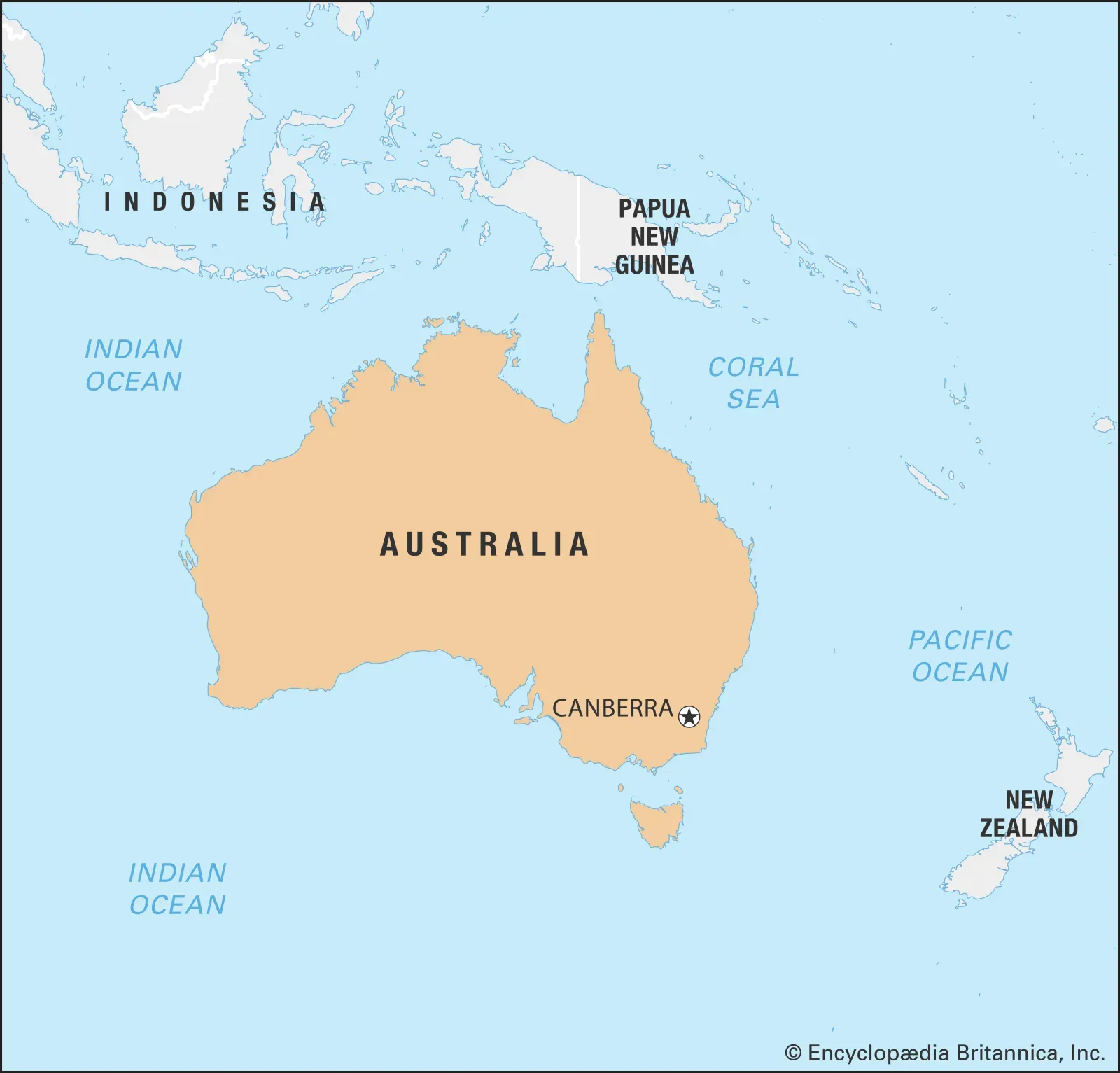Why Are Some Time Zones 30 Minutes Off Instead of an Hour?
Some time zones are 30 minutes off instead of an hour due to historical, political, and geographical reasons. Countries or regions may adopt a 30-minute offset to better align their standard time with solar time or to accommodate unique local considerations. This can reflect a compromise between neighboring regions or countries that are in different time zones. Additionally, such decisions might be influenced by economic ties, cultural affiliations, or attempts to harmonize timekeeping with major trading partners.

Time zones are an essential part of our global society, allowing us to coordinate activities across different regions. While most time zones are offset by a full hour, some regions operate on a 30-minute offset. This unique feature often raises questions. In this article, we’ll explore the reasons behind these 30-minute time zones and their significance in our interconnected world.
Understanding Time Zones
Time zones were first proposed by Sir Sandford Fleming in the late 19th century, leading to the establishment of standard time. The Earth is divided into 24 time zones, each typically covering 15 degrees of longitude, corresponding to one hour of time. However, due to varying geographical, political, and cultural factors, not all regions conform to this standard. This is where the concept of a 30-minute offset comes into play.
Geographical Influences
One of the primary reasons for 30-minute time zones is geographical irregularities. Regions that lie between standard time zones may adopt a 30-minute difference instead of rounding up or down to the nearest hour. This helps them better align with solar time, which is based on the position of the sun in the sky, enhancing daily activities such as farming and fishing that depend on daylight.
Political and Cultural Considerations
Politics play a significant role in the establishment of time zones. Some countries or regions may choose a 30-minute offset to assert their independence or cultural identity. For example, India, which has a single time zone (Indian Standard Time), is 5 hours and 30 minutes ahead of GMT. This choice reflects the country's historical and cultural context rather than geographical convenience.
Economic Factors
In some cases, economic considerations drive the implementation of 30-minute time zones. For instance, regions that rely on tourism may adopt a time zone that aligns more closely with their neighboring areas. This can enhance business hours and attract more visitors. The 30-minute offset can create a more favorable environment for trade and interaction with nearby regions, fostering economic growth.
Examples of 30-Minute Time Zones
Several countries and regions utilize 30-minute time offsets. Here’s a table highlighting some examples:
| Region | Time Zone | Offset from GMT |
|---|---|---|
| India | Indian Standard Time (IST) | GMT +5:30 |
| Iran | Iran Standard Time (IRST) | GMT +3:30 |
| Afghanistan | Afghanistan Time (AFT) | GMT +4:30 |
| Newfoundland, Canada | Newfoundland Standard Time (NST) | GMT -3:30 |
Impact on Daily Life
The presence of 30-minute time zones can have significant impacts on daily life. For individuals living in these areas, the unique time structures influence work hours, educational schedules, and social activities. For instance, businesses operating across multiple time zones must account for these differences when scheduling meetings or deadlines, which can complicate coordination.
Conclusion
In summary, the existence of 30-minute time zones is a fascinating aspect of our world’s timekeeping system. Factors such as geography, politics, culture, and economics contribute to these unique offsets. Understanding the reasons behind them can enhance our appreciation for the complexities of time management in a globalized society.
As we continue to navigate an increasingly interconnected world, the significance of time zones—whether a full hour or a 30-minute difference—remains paramount. Whether you’re scheduling a meeting across continents or planning a trip, being aware of these nuances can lead to smoother interactions and a better understanding of global timekeeping conventions.












